Protecting one’s privacy has never been more important and since all of us are spending a major amount of our screen time on our browsers, thus, they are our first line of defense when it comes to protecting our digital privacy.
With so many location-hungry websites out there tirelessly collecting data to show you personalized advertisements, it has now become imperative to share our location or any other such sensitive information selectively over the internet.
So without further ado, let’s quickly learn how to turn off location on your Chrome browser on all your devices.
Turn Off Location on Google Chrome on Android
Chrome on Android has almost the same level of intricate customization as its desktop counterpart. Hence, as a result, locating specific settings can come across as a bit of a hassle to some if you are not acquainted enough with the browser settings. Thankfully, toggling location settings is still pretty straightforward.
To do so, launch the Chrome browser from the home screen or the app library on your Android device.
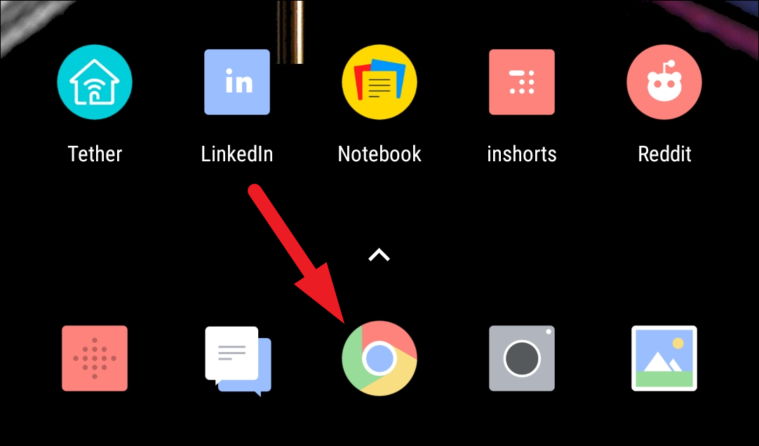
Next, tap on the kebab menu (three vertical dots) present on the top right corner of the Chrome window.
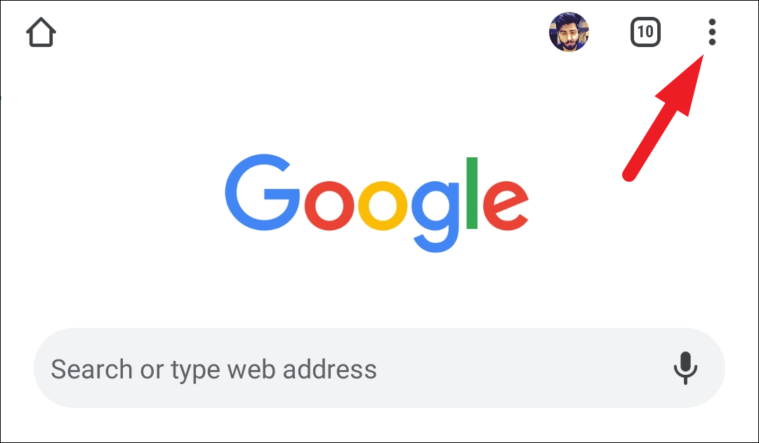
Then, tap on the ‘Settings’ option present on the overlay menu.
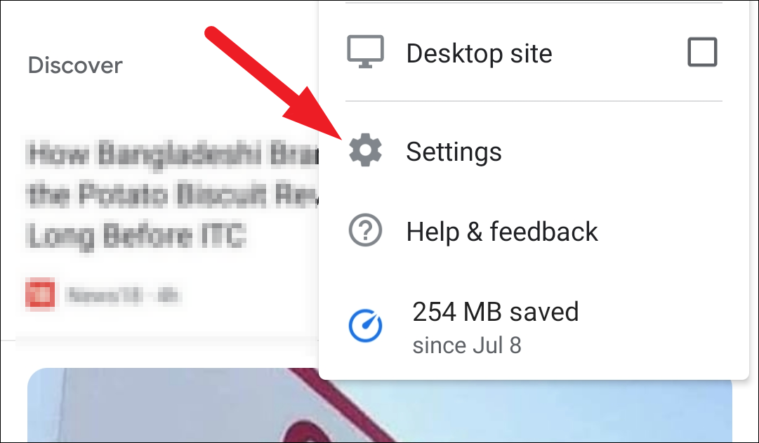
After that, scroll down and locate the ‘Site settings’ tab on the ‘Settings’ page and tap on it to enter.
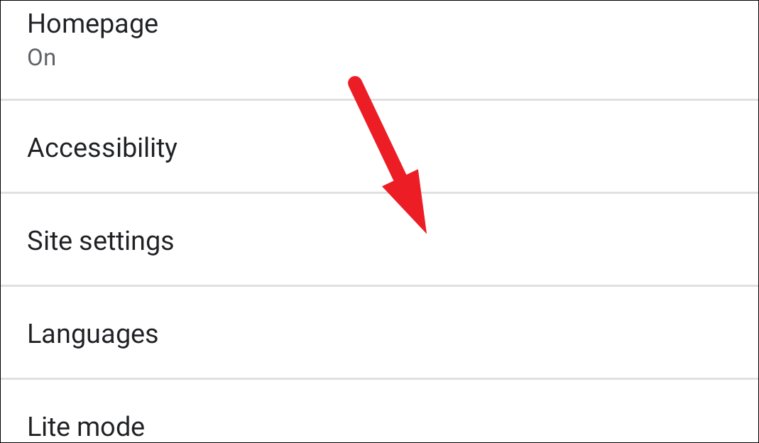
Now, from the ‘Site settings’ page tap on the ‘Location’ tile present in the list.

Finally, toggle the switch to the ‘Off’ position located situated on the far right edge of the ‘Location’ field.

Then, if you already have websites allowed to access your location, you will be able to see them under the ‘Exceptions’ section along with the number of allowed websites allowed to do so.
To block or remove the websites from the exception list, tap on the individual website listing. This will open a separate overlay window on your device screen.

Now, tap on the radio button preceding the ‘Block’ option if you wish to block the website even in the case you allow location access manually in the future. Otherwise, delete the website from the exceptions list, tap on the ‘Remove’ button situated on the bottom left corner of the overlay window.

Turn Off Location on Google Chrome on iOS
Turning off location on iOS is a bit different from Android for obvious reasons. However, it is still fairly simple and quick to do so on an iOS device.
First, tap on the ‘Settings’ app from the home screen of your iOS device.

Next, scroll down and tap on the ‘Privacy’ tab’ present on your screen.
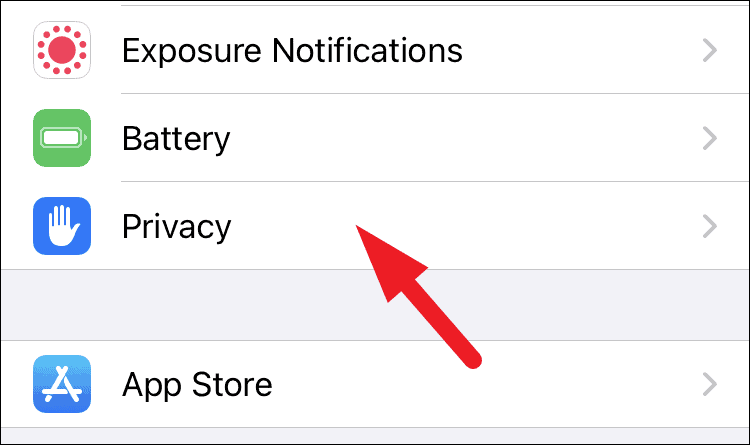
Then, tap on the ‘Location Services’ tile present on the ‘Privacy’ settings screen.

After that, scroll down and locate the ‘Chrome’ option, and tap on it to open its location settings.

Finally, tap on the ‘Never’ option situated under the ‘Allow Location Access’ section on your screen.
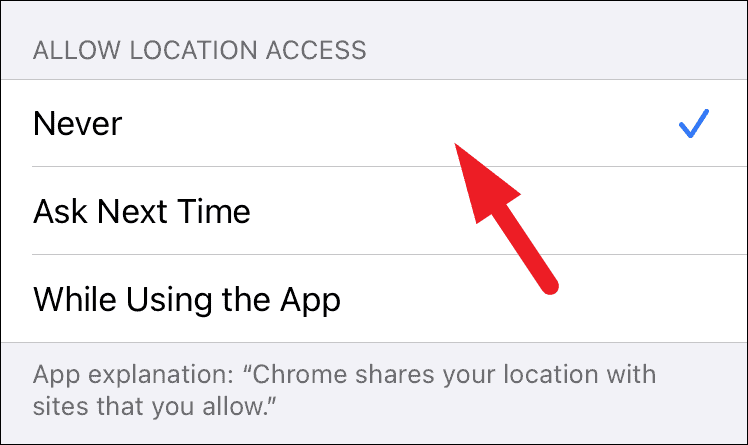
Alternatively, in case you want to selectively share your location with the websites you visit using Chrome, you can tap on the ‘Ask Next Time’ option to make Chrome ask for your permission every time a website requests your location.

Turn Off Location on Google Chrome on Windows
Since you learned how to turn off the location on mobile devices, it is natural to learn how to disable it on your Windows PC as well since you might be using Chrome on both of your devices.
To do so, launch the Chrome browser from the Desktop, Start Menu, or the taskbar of your Windows PC.

Next, click on the kebab menu (three vertical dots) present on the top right section of the Chrome window. Then, click on the ‘Settings’ option from the overlay menu.

Then, click on the ‘Privacy and security’ tab present on the left sidebar of the Chrome window.
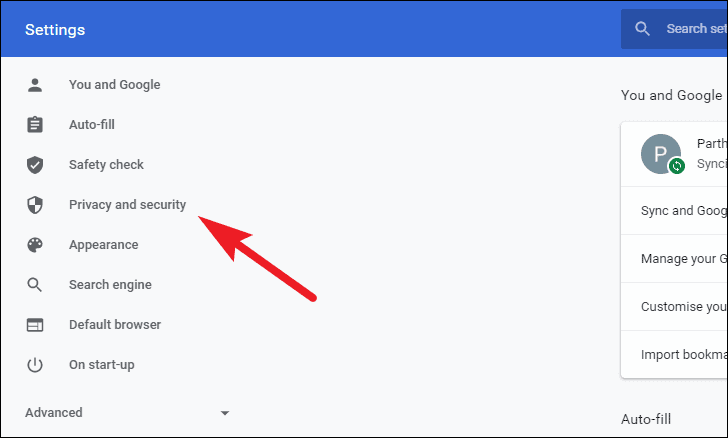
Now, click on the ‘Site settings’ option present on the ‘Privacy and settings’ page of the Chrome browser.
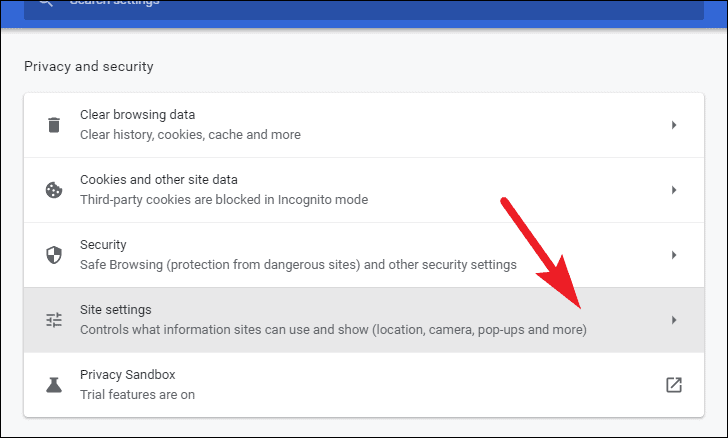
Then, scroll down and locate the ‘Permissions’ section. After that, click on the ‘Location’ tab present under the section.

Now, click on the radio button preceding the ‘Don’t allow sites to see your location’ to block all the sites from requesting to access your location.

Now, in case you have some websites that are already allowed to access your location; you will be able to see them under the ‘Allowed to see your location’ section.
To delete already allowed websites, click on the ‘Trash bin’ icon situated on the far right edge of each listing.

Since there is no global way to delete all the exempted websites, you will need to repeat the last step if you have more than one website allowed to see your location.
Turn Off Location on Google Chrome on macOS
Well, you can always disable the location settings on Chrome on your macOS device in the same way shown in the previous section. However, macOS provides an extra layer of protection where you can even disable Chrome from accessing your location for being on the safer side.
To turn off the location on a macOS device, launch the ‘System Preferences’ app from the dock or the launchpad screen.

Next, click on the ‘Security & Privacy’ option present on the ‘System Preferences’ window.

Then, click on the ‘Location Services’ tile situated on the left sidebar of the ‘Security & Privacy’ window.
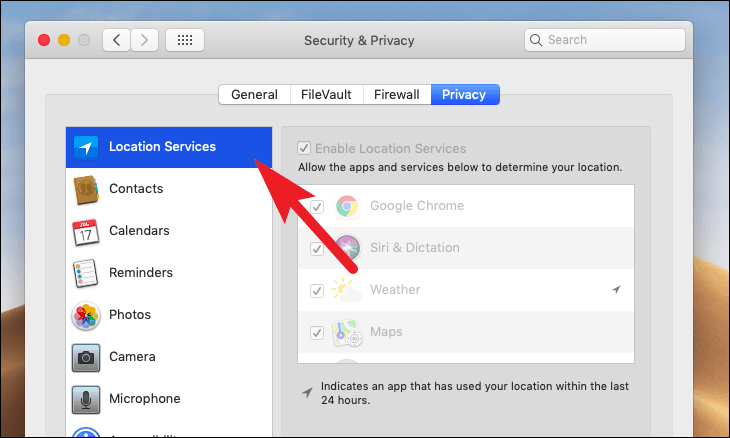
After that, click on the ‘lock’ icon present on the left bottom corner of the window. This will bring up an overlay window to enter your user account password on your screen.
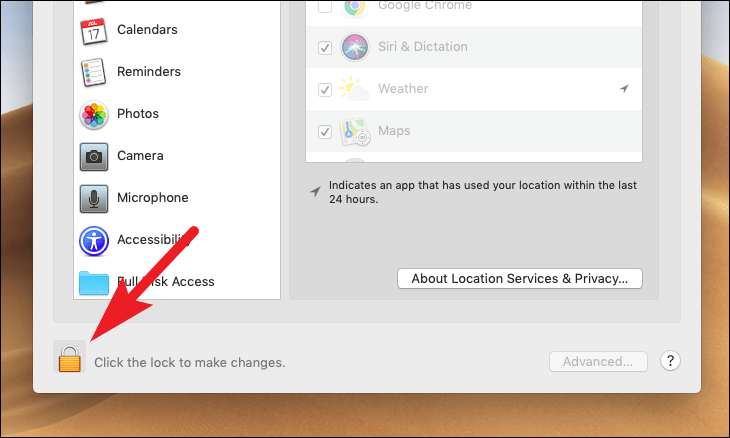
Now, enter your user account password in the space provided and click on the ‘Unlock’ button.
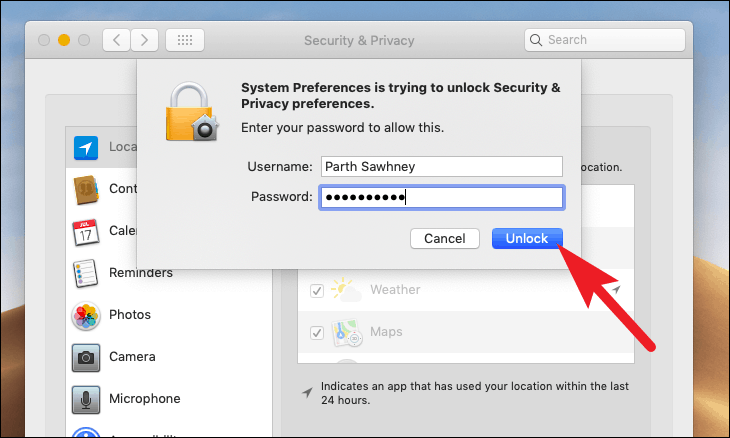
Now, scroll and locate the ‘Google Chrome’ option from the list present on the right section of the window, and click on the check box to untick.
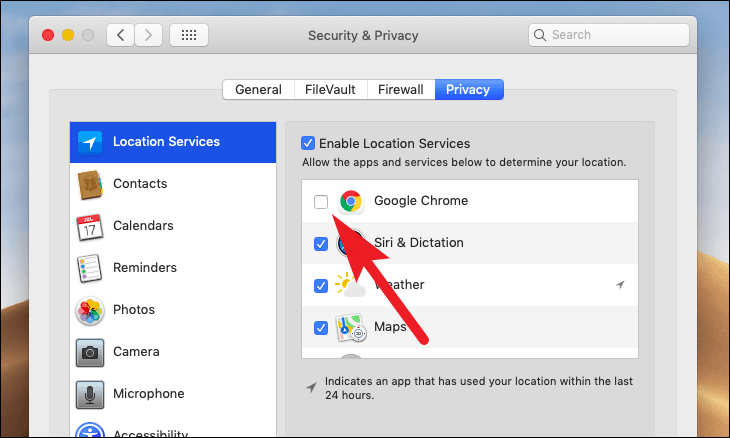
And that’s all, Chrome will not be able to access your location at the system level from now onwards.


